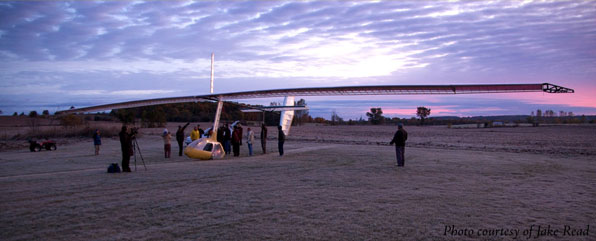I invented a prototype of a flying machine with flapping wing. I named this invention as "hansdacraft". This invention is basically about a simple flapping mechanism. A suitable wing can be connected to this flapping mechanism to generate thrust or lift through flapping.
Is there any laboratory facility, where this prototype can be developed further?
Is there any laboratory facility, where this prototype can be developed further?

